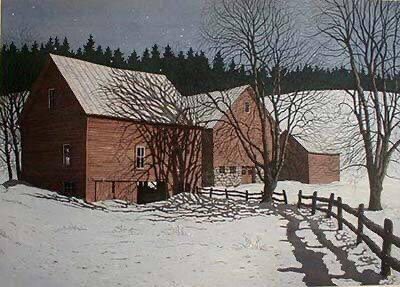1938, Olympic & Figueroa, Los Angeles, CA. The Petroleum Securities Building, HYDRIL.
In 1938, the intersection of Olympic and Figueroa was a bustling junction in downtown Los Angeles, marking a blend of commercial and residential life. This area, near today’s Los Angeles Convention Center, was lined with shops, theaters, and cafés, serving the city’s diverse population. Streetcars and automobiles shared the roads, illustrating the transition from public transit to a car-centered society. Olympic & Figueroa has since transformed dramatically, yet it remains a historic crossroads in Los Angeles’ urban evolution.
Shammas Group explains that,
The Petroleum Building at its apex was the company headquarters for the American oil explorer and capitalist Edward L. Doheny, the first to discover oil in Los Angeles in 1892 and founder of the Mexican Oil Company. Doheny commissioned the master architecture firm Meyer & Holler to design the Petroleum Securities Building which, in the 1920s became recognized as one of Los Angeles’ most opulent commercial and historically significant office buildings.
Hydril was formed in 1933.
Doheny Stone Drill Company, named for its founder Fred Stone, was located in Torrance, California, and struggling for survival. The number of its employees ranged from 50 to 75, depending upon sporadic demand for its heavy oil drilling machinery, threads for oil piping, and blowout preventers. Seaver decided to drop the drilling equipment in order to focus on the specialty items, but soon had to contend with the onset of the Depression. With his life savings at risk, he had no choice but to succeed in the venture. His employees, thankful to have jobs during uncertain times, were committed to helping him. Within two years they turned the company into a profitable concern. In 1933, Seaver was able to become the proprietor of the business, which he now named Hydril Company, derived from "hydraulic drilling equipment."

.jpg)




.jpg)
%20%20w.jpg)
.jpg)

.jpg)

.jpg)























.jpg)
.jpg)
.jpg)